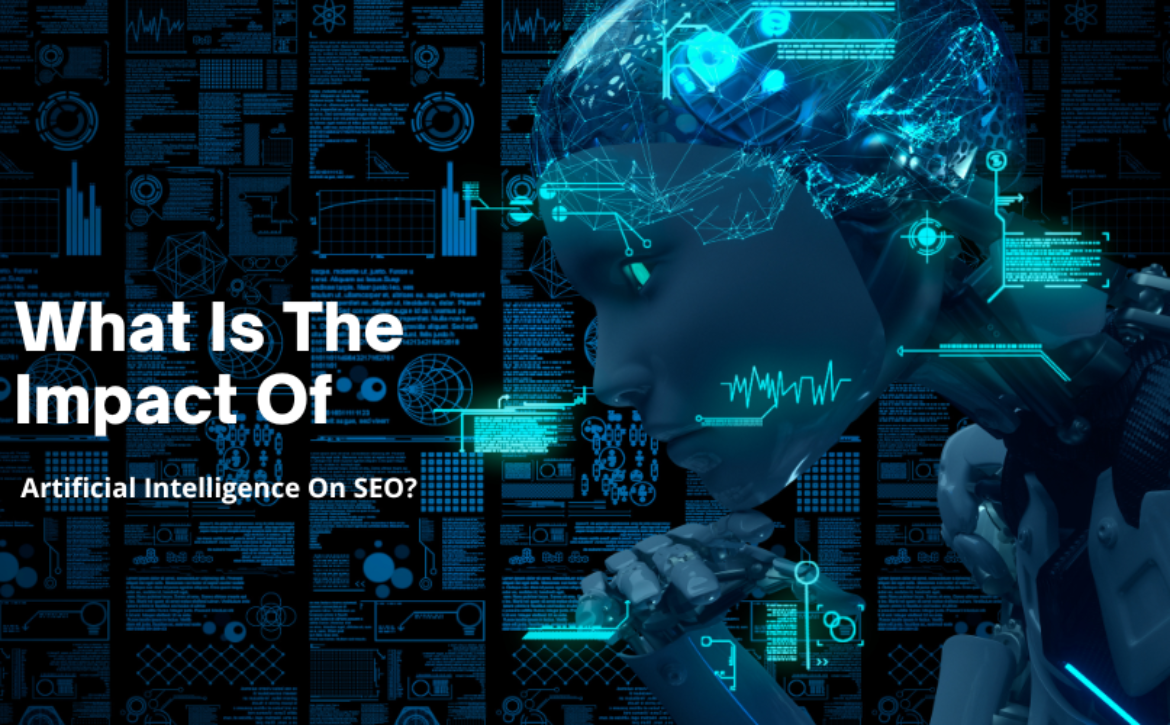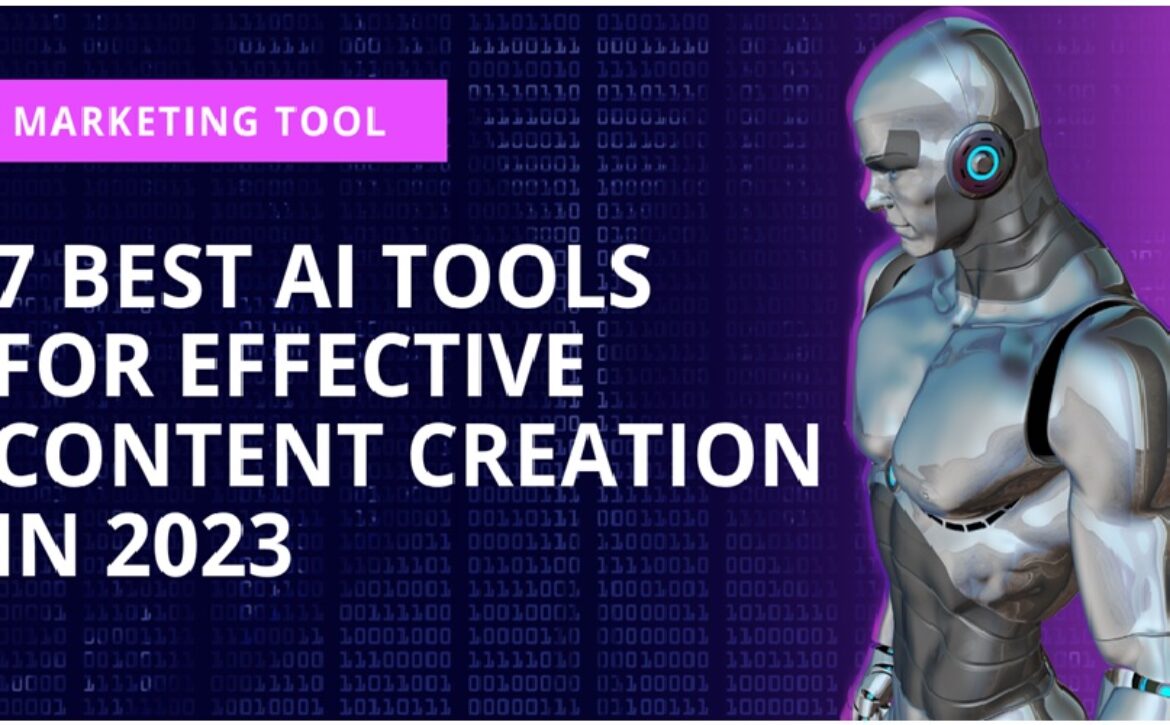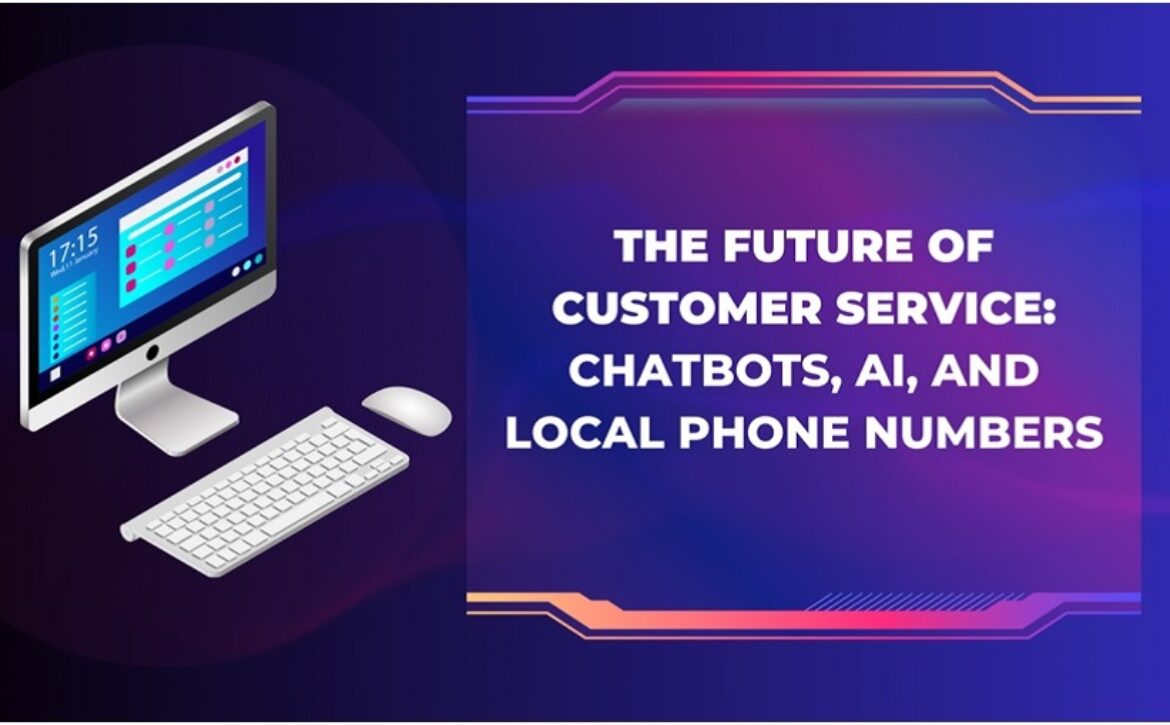AI-driven Security: Enhancing Data Protection in Dynamics 365 Implementation
Security, by no means, is something to disregard, especially when the data is scattered in a collaborative environment and on the internet. After all, it’s a matter of your data and everyone associated with you must make this a keen observation. Dynamic 365 Implementation, in such a case, doesn’t leave you behind and has all the security controls that you can rely on for your data protection.
In this article, let’s learn about securing the data in the Dynamic 365 implementation.
The Security
While it’s all about security, let’s see how secure you can keep your data in Dynamic 365.
The Development Cycle Security Control
It’s a process that allows the developers to implement privacy and security considerations at all phases of the development process. That way, the requirement of compliance is met. So it all starts with the training phase, where the developers are made familiar with the security tools and measures taken in the industry.
As they move ahead, it becomes their responsibility to define the security requirements before designing and developing. In the design process, they ensure the design of a model that is secure and averse to threats. Soon after implementation and verification, it is time to look for ways to fix the vulnerabilities and review the issues, if any. On a final check of the security and having a response plan, they move ahead to release the software. With the response plan ready, the next move is to respond to the security concerns and record the feedback.
Security Control for Datacenter
The data center is the place where your data is stored, processed, and channeled for communication. It is the most important place that needs to be secured. These data centers are designed, built, and operated in such a way that physical access to them is strictly controlled with perimeter fencing, backup power, security staff, and seismic bracing with the two-factor control system in the computer rooms, cameras, and alarms.
Security with Encryption
The greatest line of defense is encryption, which is a strategy for the layered security of the data. All the Azure products and services are encrypted both in transit and at rest, where you are given full control of them.
For logging files in real time and decrypting and encrypting data, the databases in Dynamic 365 use SQL TDE for encrypting data at rest. For all the deployments in Dynamic 365, the database encryption keys are managed and stored by themselves. It manages rotation, backups, and key issuance for server-side encryption with managed key services. For customer-facing apps, you can refer to encrypting the databases yourself for all the instances involved.
For data in transit, it is encrypted by TLS when it is between data centers, between the data center and the user. To encrypt the traffic between users and Dynamic 365, it uses HTTP encryption.
Data Segregation and Security Control
Multiple users have the physical hardware assigned to them. In such a case, customer’s data is separated from one another by a logical isolation method where one cannot access the other.
Also based on the sensitivity of the information appropriate security measures can be applied to the data and that certainly can be authorized for stricter control access for security concerns. Having done this you follow the regulatory standards that are required.
Security with DDoS Defense System
A target can be overwhelmed by this technique. A target here refers to the website, a server, or a resource from another network. They are overwhelmed with traffic from those websites that have compromised computer systems. This is done so that users are prevented from accessing it. If someone else makes a DDOS attack, it has a defense system that detects and mitigates it, whether it is from outside or inside the platform.
You want the right users to access the data and to do so, there must be a secured identity. Microsoft has a solution called Microsoft Entra with security integrated into it and Dynamic 365 uses this to secure identity.
Conditional Access Authentication
You not only have to monitor who is accessing it but also how they are accessing it. That can be achieved with conditional access, where Microsoft Entra External identities have this feature. Access control decisions can be automated as per the conditions you log in.
For instance, a condition can be as simple as location specific which would give access to only people in specific locations that are allowed while the rest of others are restricted. The main objective is to secure the data by giving access to specific criteria and allowing the right user to access the crucial data.
Security with Auditing
Auditing is a way to track the events that took place related to security, it can be logins, or data stores for that matter. Dynamic 365 has this feature that tracks all the important security events.
Any actions that are performed by the users and administrators will be tracked. You will be able to investigate security incidents, compliance violations, insider threats, and other issues by having the ability to monitor such actions.
There are two solutions that you can opt for for this purpose:
Audit (Standard) and Audit (Premium)
The standard one will have all the data for audit for 90 days but if you have the premium, you can extend this up to 10 years. Every point of interaction such as SharePoint, Exchange, Teams, OneDrive, etc will be accessible.
Due to the built-in auditing framework, you will be able to search for thousands of audit events. These would be critical during security breaches.
Authentication for Users
Again, authentication here is about having an identity, so Dynamic 365 by default is accessible to those who are authenticated by Microsoft Entra, which is a protocol of OpenID Connect. It is a centralized identity provider where any solution running on Azure must have an account in Microsoft Entra ID to access any solutions. The applications in Dynamic 365 are connected to a specific instance, which is called a tenant, so the account created must be associated with the tenant, and with a valid license, one must be assigned to the environment in Dynamic 365. If it was for external users, they must first be added to the tenant as guests and assigned appropriate licenses.
Well, it does so by considering factors like:
- Access with a specific condition
- Authentication with multiple factors
- With sign-in once, you get to be automatically signed in to the web apps if they share the centralized directory.
Security with Authorization
You can choose to have control over what functionality a user can access as well as what data he has access to. Dynamic 365 comes with the feature of authorization. After being authenticated, the user with the security role will be given access to the functionalities and data in the Dynamic 365 application.
Authorization can be done in two ways such as attribute based access security where an attribute is taken into account to give the access. For instance, the 21 years of age are not allowed to access it as an attribute here. Similarly, another type called role-based access security will be allowed to be role specific. For instance, only managers have access and not the leads.
Secure Networks
You can create encrypted IPsec tunnels using virtual network gateways. With one customer subscription, using subnets and private IPs, in the multiple deployment segments, instances can also be created, which become like virtual firewalls.
Controlling the routing can help you identify the traffic from a device whether it is leaving or entering the virtual network created by you and if so from which location. By incorporating user defined routes you can be sure that the traffic from the sources through a virtual network is passing by the security compliance.
Azure Secure Center
With that, you have all the solutions, such as advanced threat protection, security management solutions, threat management, and setting security policies. Apart from this, it also offers recommendations for enhancing the defense system.
While that’s about the security aspect of Dynamic 365, the questions like who owns your cloud data, right?
The owner of Dynamic 365 Data
While the cloud is Microsoft, the data isn’t. You’ll be the administrator and the owner of your business data. They adhere to the guidelines of ISO 27018. So they ensure you know where you have stored your data, and without your consent, nothing will be used for advertising.
Above all, customers can request a secure release of their personal information to be returned within a specific period. But they get to disclose the data only when they are legally obliged to.
Conclusion
Security is not just your business concern but is also a concern for Microsoft because they have not one client’s data repository but many clients’ data repositories that need to be secured from any cyber threat in the internet era. Microsoft has many built-in security controls and services that allow you to navigate the world of the cloud with ease and trust. With the era of artificial intelligence taking over space, AI-driven security is about to stay and grow.







 Creating a website design using AI Art and ChatGPT is not a novel idea. It is in play, and currently, several websites on the internet are using
Creating a website design using AI Art and ChatGPT is not a novel idea. It is in play, and currently, several websites on the internet are using 
